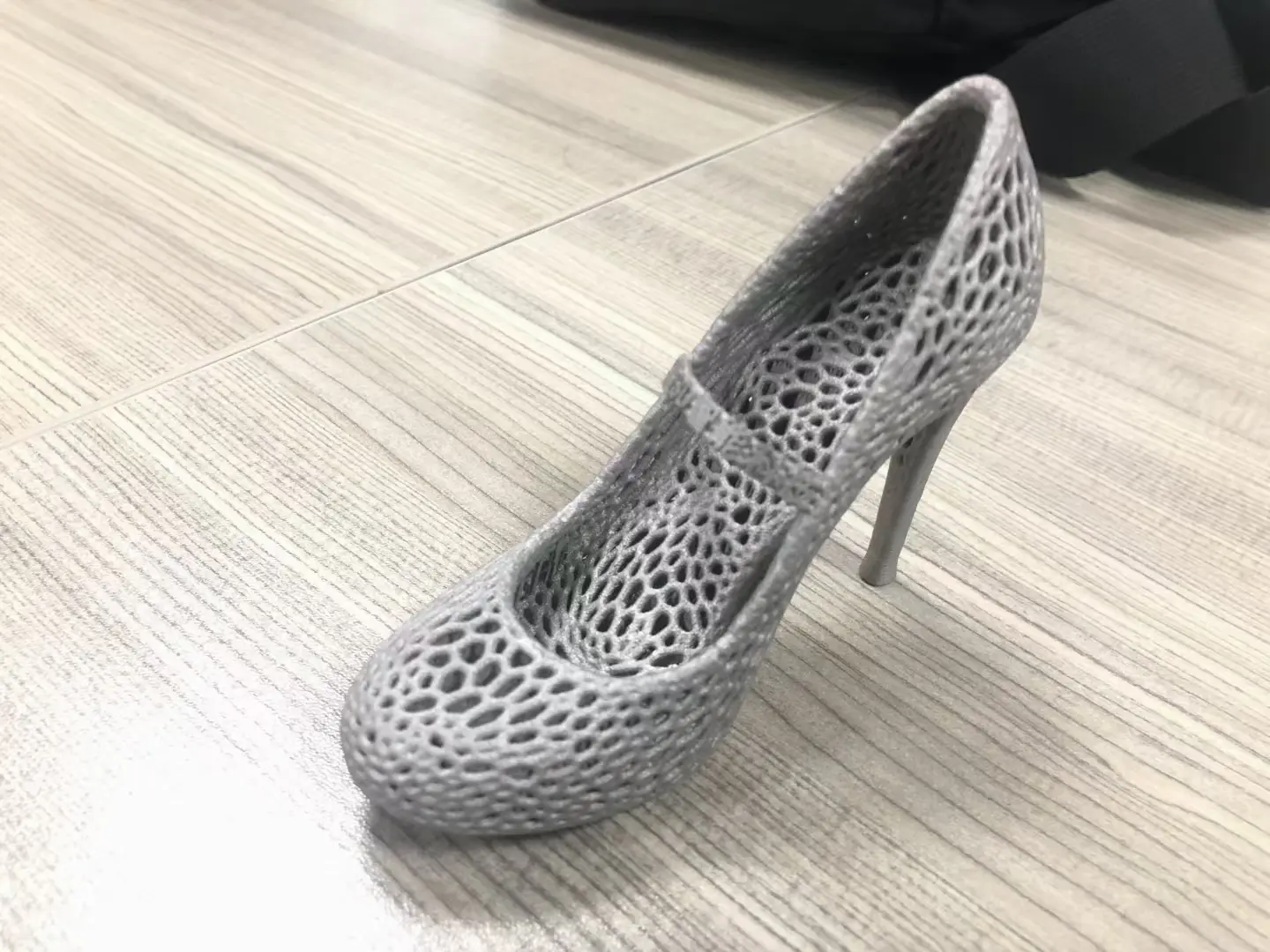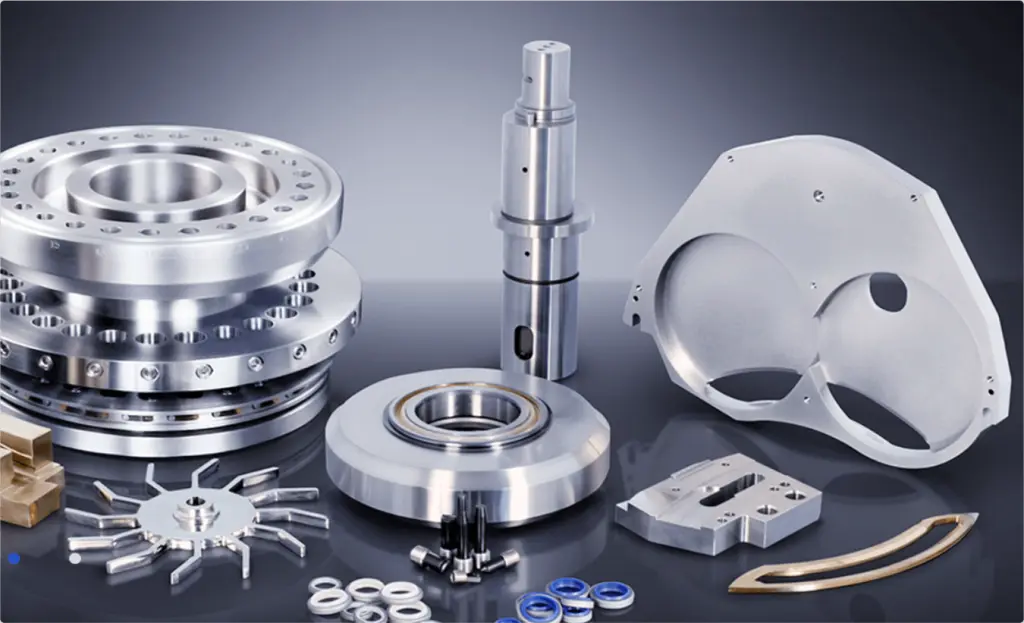With the advent of 3D printing technology, the field of prosthetic limbs has undergone a major transformation. Traditional prosthetic devices are often cumbersome, expensive, and have limited ability to mimic the natural movement and function of the missing limb. However, 3D printed prosthetics revolutionized the industry, providing customized, affordable and powerful solutions for individuals with limb loss or damage.
The process of creating a 3D printed prosthesis involves scanning the remaining limbs to create digital models that are then used to design custom prosthetic devices. The design takes into account the specific needs, lifestyle and preferences of the individual, thus ensuring perfect fit and optimal functionality. Prosthetic devices are then printed using advanced 3D printing techniques such as selective laser melting (SLM), which allows the creation of complex geometric shapes and structures that cannot be produced using traditional manufacturing methods.
One of the important advantages of 3D printed prosthetics is that they can be customized to meet the specific needs of an individual. For example, a prosthesis can be designed to match the shape and size of the remaining limbs, ensuring a natural appearance and movement. Additionally, 3D printed prostheses that can be designed are lightweight, durable and comfortable to wear, thereby reducing the risk of skin irritation and other complications associated with traditional prostheses.
Another benefit of 3D printing prosthetics is their affordability. Traditional prosthetic devices can be expensive, ranging from $5,000 to $50,000 or more, depending on the complexity of the device. By contrast, 3D printed prostheses can be produced at significantly lower costs, making them more susceptible to individuals who may not have access to prosthetic care. Additionally, if damaged, the 3D printed prosthesis can be easily repaired or replaced, thereby reducing ownership.
The use of 3D printing of prosthetics is not limited to adults. Children and babies can also benefit from this technology. Children with limb differences or disorders can be equipped with 3D printed prosthetic devices that can be adjusted as they grow, reducing the need for a variety of prosthetic devices and related costs. In addition, 3D printed prosthetic devices can be designed to be more entertaining and attractive, helping children develop positive body image and self-esteem.
In short, 3D printed prosthesis revolutionized the prosthesis field, providing customized, affordable and highly functional solutions for those who suffer physical loss or damage. With the ability to create complex geometric shapes and structures, 3D printing technology enables the production of prosthetic devices that can mimic the natural movement and function of the missing limb. As technology continues to evolve, we can expect to see more innovative and complex prosthetic devices that improve the quality of life for people with limb differences or damage.
FAQ:
Q: What is the process of creating a 3D printed prosthetic device?
A: The process involves scanning residual limbs to create digital models, designing customized prosthetic equipment, and printing equipment using advanced 3D printing technology.
Q: How much does a 3D printed prosthetic device cost?
A: The cost of a 3D printed prosthetic device may vary depending on the complexity of the device, but it is usually more affordable than traditional prosthetic devices.
Q: Can 3D printed prosthetic devices be customized to meet the specific needs of individuals?
A: Yes, 3D printed prosthetic devices can be customized to meet individual specific needs, including the shape and size of the remaining limbs, lifestyle and preferences.
Q: Are 3D printed prosthetic devices durable and comfortable?
A: Yes, 3D printed prosthetic devices can be designed that are lightweight, durable and comfortable, reducing the risk of skin irritation and other complications associated with traditional prosthetics.
Q: Can children benefit from 3D printed prosthetic devices?
A: Yes, children with limb differences or disorders can benefit from 3D printed prosthetic devices that can be adjusted as they grow, reducing the need for multiple prosthetic devices and associated costs.
ISO 9001 Factory





